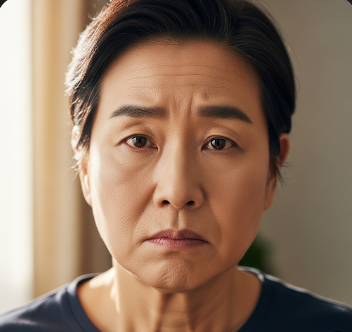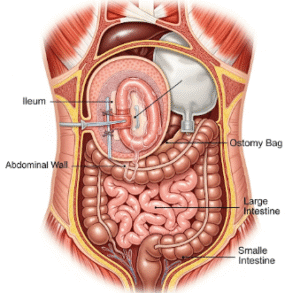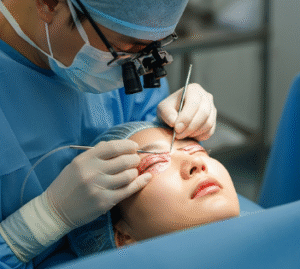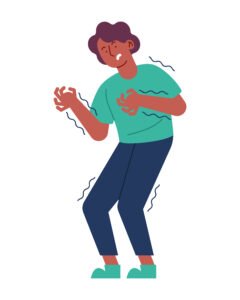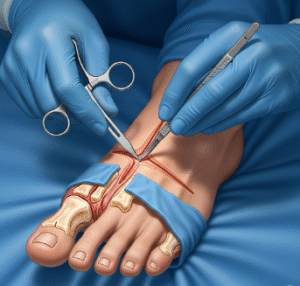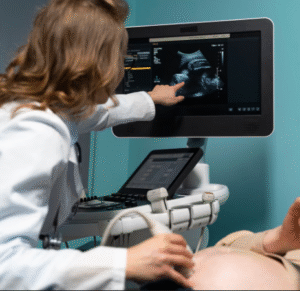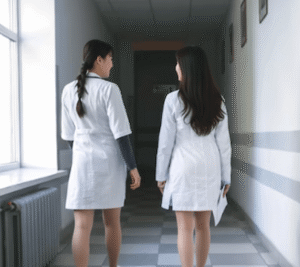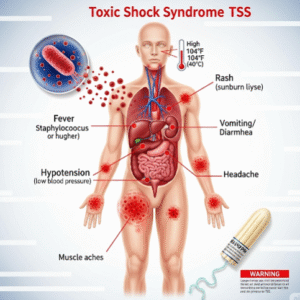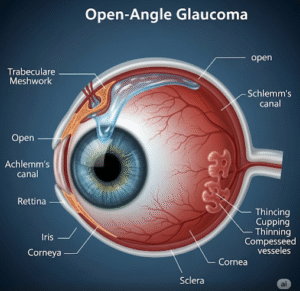Overview
Facial droop, also known as facial weakness or facial paralysis, is a condition in which one side of the face appears to sag or droop due to impaired muscle movement. It can affect facial expressions, speech, eating, and eye closure, significantly impacting daily life and self-esteem. In Korea, hospitals and specialized neurology or ENT clinics provide comprehensive evaluation, advanced diagnostics, and targeted treatment to manage facial droop effectively.
Key Facts
▶ Prevalence: Can occur at any age; sudden onset often seen in adults over 30.
▶ Causes: Stroke, Bell’s palsy, infections, trauma, tumors, or neurological disorders.
▶ Associated Symptoms: Weakness, asymmetry, drooling, difficulty speaking, or eye closure issues.
▶ Treatment Options in Korea: Medications, physical therapy, surgical interventions, Botox therapy, and rehabilitation programs.
▶ Urgency: Sudden facial droop, particularly with other neurological symptoms, requires immediate medical attention.
What is Facial Droop?
Facial droop refers to partial or complete loss of voluntary muscle movement on one side of the face. The severity can vary from mild asymmetry to complete paralysis, and it may be temporary or permanent depending on the underlying cause.
▶ Bell’s Palsy: Sudden, idiopathic facial nerve paralysis; most common cause of unilateral droop.
▶ Stroke (Cerebrovascular Accident): Can cause sudden facial weakness along with other neurological deficits.
▶ Traumatic Facial Nerve Injury: Accidental or surgical trauma damaging the facial nerve.
▶ Infections: Viral infections like herpes zoster (Ramsay Hunt syndrome) may affect facial muscles.
▶ Tumors or Growths: Lesions affecting the facial nerve pathway.
▶ Neurological Disorders: Multiple sclerosis or other central nervous system diseases.
Note: Early diagnosis is crucial for preventing permanent facial weakness and associated complications.
What Symptoms Are Related to Facial Droop?
▶ Uneven Facial Appearance: Sagging of mouth, eyelid, or forehead on one side.
▶ Difficulty Closing Eye: May lead to dry eye or corneal injury.
▶ Drooling or Difficulty Eating: Muscle weakness affects oral control.
▶ Speech Changes: Slurred or unclear speech due to muscle impairment.
▶ Loss of Facial Expression: Difficulty smiling, frowning, or showing emotion.
▶ Pain or Discomfort: Behind the ear or on the affected side in some cases.
▶ Headache or Dizziness: May accompany neurological causes.
▶ Tearing or Dry Eye: Impaired eyelid function affects tear distribution.
What Causes / Possible Causes
Facial droop can result from central or peripheral nervous system issues:
▶ Bell’s Palsy: Sudden idiopathic peripheral facial nerve paralysis; often viral-related.
▶ Stroke: Disruption of blood flow to the brain causing central facial weakness.
▶ Trauma: Accidental injury or post-surgical nerve damage.
▶ Infections: Herpes simplex virus, varicella-zoster virus (Ramsay Hunt syndrome), or ear infections.
▶ Tumors: Acoustic neuroma or parotid gland tumors affecting the facial nerve.
▶ Neurological Disorders: Multiple sclerosis or other demyelinating diseases.
▶ Congenital Conditions: Rare structural abnormalities affecting facial muscles or nerves.
Note: Identifying the cause is essential for targeted therapy and prevention of long-term complications.
When Should I See a Doctor?
▶ Sudden Onset: Rapid facial droop, especially with weakness in the limbs, slurred speech, or vision changes.
▶ Persistent Weakness: Facial asymmetry lasting more than a few days.
▶ Pain or Rash: Especially with ear involvement or vesicles (possible Ramsay Hunt syndrome).
▶ Difficulty Eating or Speaking: Interfering with nutrition or communication.
▶ Eye Problems: Inability to close eyelid, leading to dryness or irritation.
▶ Neurological Symptoms: Dizziness, headache, or numbness.
▶ Children or Adolescents: Prompt evaluation to rule out congenital or acquired causes.
Tip: Korean hospitals provide rapid evaluation by neurologists or ENT specialists, including imaging and nerve testing, for timely intervention.
Care and Treatment
Management depends on cause, severity, and duration:
▶ Medications: Corticosteroids for Bell’s palsy, antiviral therapy for viral infections, and neuroprotective drugs if indicated.
▶ Physical Therapy: Facial exercises to maintain muscle tone and prevent contractures.
▶ Eye Care: Artificial tears, eye patches, or eyelid taping to prevent corneal injury.
▶ Surgical Intervention: Nerve repair, decompression, or muscle transfer for severe or chronic cases.
▶ Botox Therapy: For muscle imbalance or synkinesis (involuntary movements).
▶ Lifestyle Adjustments: Eating modifications, speech therapy, and psychological support.
▶ Monitoring: Regular follow-up to track recovery and adjust treatment.
Treatment Options in Korea
Medical Evaluation:
▶ Neurological Examination: Assess facial muscle function, reflexes, and sensory involvement.
▶ Imaging: MRI or CT scans to rule out stroke, tumors, or structural abnormalities.
▶ Electroneurography (ENoG): Measures facial nerve function for prognosis and treatment planning.
▶ Specialist Consultation: Neurologists, ENT surgeons, and rehabilitation experts collaborate for care.
Advanced Therapies:
▶ Early Corticosteroid Therapy: Improves recovery in Bell’s palsy.
▶ Surgical Decompression or Repair: For trauma or persistent nerve compression.
▶ Rehabilitative Programs: Facial retraining, massage, and electrical stimulation.
▶ Multidisciplinary Care: Combines neurology, ophthalmology, physiotherapy, and mental health support for holistic recovery.
Rehabilitation & Support:
▶ Patient Education: Techniques to prevent eye injury, manage drooling, and maintain facial muscle strength.
▶ Follow-Up Care: Regular assessment to monitor nerve recovery and prevent long-term complications.
▶ Specialist Clinics: Korean hospitals provide integrated care combining medical, surgical, and rehabilitative services for optimal recovery.
Outcome: With early diagnosis and comprehensive treatment in Korea, facial droop can be effectively managed, improving symmetry, restoring function, and enhancing quality of life.

